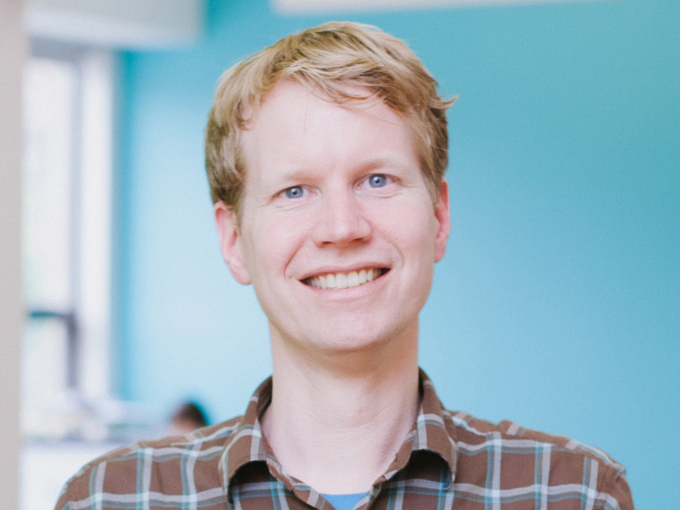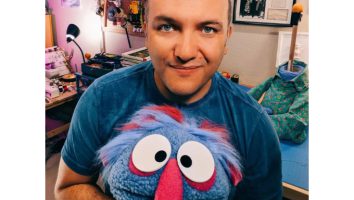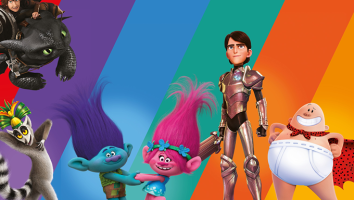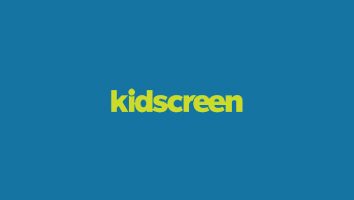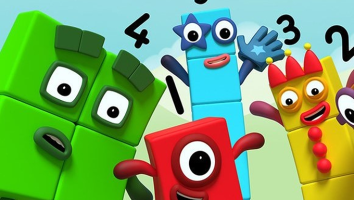The Children’s Media Association’s Scott Traylor recently talked to Sago Mini founder and GM Jason Krogh about the changing business of making apps for children, and how companies can succeed in a very competitive market that barely existed when he started his company 10 years ago.
This interview has been edited for length and clarity.
Scott Traylor: Ten years in business is cause for celebration! What comes to mind when you look back on what you’ve accomplished in that time?
Jason Krogh: I think about how much things have changed, and also how much things haven’t changed. I find the business and the market for kids apps is utterly different than when we first started. It really didn’t exist then. Now it’s a busy, competitive, thriving space. The medium has evolved, but the fundamentals haven’t changed in terms of how kids play.
ST: Is there a difference between the apps you make today and the apps you made in the earlier years at your company?
JK: The biggest change would be that production values have increased. We went from having one artist to having an art team. The way our products are packaged and delivered to customers has evolved over the years as well.
ST: What are some challenges you face in developing and marketing apps for children?
JK: Discoverability continues to be a challenge in the app space. There are literally hundreds of thousands of apps in the kids category today, which presents a huge challenge for parents. Trying to sift through and find good stuff is incredibly hard. It’s also a challenge for app creators because half the battle is making a beautiful app, and the other half is getting people to discover it.

ST: What feedback have you received from parents and caregivers about the value of your apps?
JK: [Parents] often refer to the apps as a quiet experience. What they’re getting at is that kids set the pace of their experience in our apps. They’re not overstimulating; our apps are not constantly talking, or providing excessive feedback, or displaying some celebration at every moment—no fast-paced action. Instead, they’re designed for kids to engage with at whatever speed they want. And we try to leave gaps and spaces in the experience.
ST: What role does research and working with child development experts play in the development of your apps?
JK: Research as a methodology has always been important. There’s research out there, you can get books, and you can refer to experts at key points. But it’s more about embracing research as a thought pattern, and constantly trying to ask questions like, “Is this working the way we think it’s working?” All of our staff go through a crash course in Child Development 101, so to speak. We try to find opportunities for them to spend time with kids if they don’t have them in their immediate lives.
ST: Has your approach to playtesting changed over the years?
JK: One of the big changes is that we do remote testing as well as in-person testing. We used to rely on in-person only, which we still do every week. But when the pandemic happened, it forced us to do remote testing, and it actually worked out quite nicely. The biggest advantage has been in reaching a more diverse audience of kids, in terms of where they live and their socio-economic backgrounds, but also how familiar they are with Sago Mini.
Another change would be that we’ve formalized our testing. We now have a full-time researcher who facilitates and mediates all of our playtesting. It used to be the play designers and others on the production teams who did everything from tracking down families, to getting them to come in, to getting them settled and comfortable. It’s been a huge help to have someone own that process.
ST: What new technologies or trends do you see emerging in this space?
JK: The one thing everyone’s talking about right now is artificial intelligence, and that’s been interesting to watch as it applies to the kids space. Many people go straight to the idea of using an AI-driven service as a replacement for teachers or mentors. That’s not what I’m interested in. It’s more about how it can support things we’re already doing—making things go smoother, more efficiently [or] faster in a production process, for example. Accessibility, personalization, adaptability. Technology is also fantastic for providing instant or near-instant translations into many different languages.
ST: What advice would you give to the next generation of app developers who want to create meaningful and engaging experiences for children?
JK: As a new person entering this space, you’re starting with a clean slate. Don’t forget what a huge advantage that can be. Don’t try to do what everyone else is doing. Don’t look at the most popular products out there and make something similar. You can take risks, too, which is harder to do as an established player.
Don’t try to build an everything product. Don’t try to tackle all of parents’ pain points and problems in your first version. Instead, you’re much better off doing just one thing, but doing that one thing better than anybody else. That’s critical.
The most important thing is making sure you’re taking the time to really understand how kids and parents use apps in the real world. Not how we would like them to use apps. Not what an expert says they should be doing with apps, but how they are actually engaging with apps today.
On Tuesday, November 14, Jason Krogh will be speaking at the CMA’s Designing Interactive Media for Preschoolers online event. CMA members can register for free on the organization’s website; and tickets for non-members are available for US$20.
Scott Traylor is president of the San Francisco Bay area chapter of the Children’s Media Association. He’s also a consultant, board member and advisor for kid-focused product and service companies including Encantos and LingoKids, and he regularly conducts research, writes articles and speaks at industry events about topics related to kids, interactivity and play.

